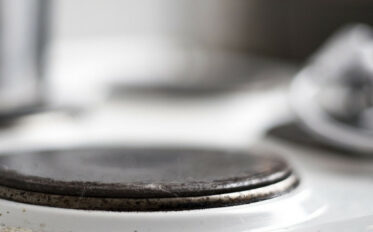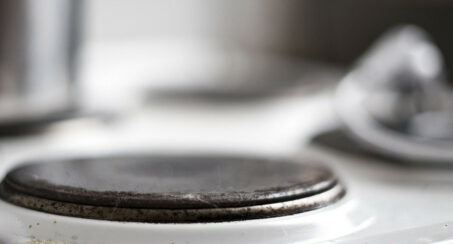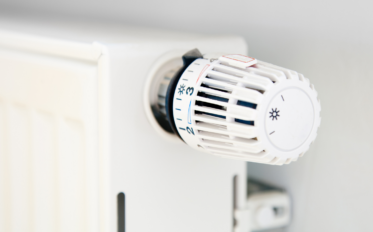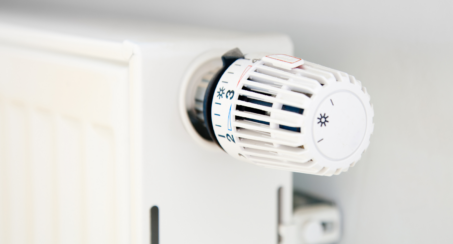Tyres account for 20-30% of the fuel consumption of vehicles. They produce considerable noise pollution, are responsible for a significant amount of the particle pollution in the air, and there is evidence that tyre abrasion is one of the main contributors to microplastic pollution in water.
Tyres are energy-related products covered by a regulatory framework comparable to the Ecodesign and Energy Labelling Directives. Since 1 November 2012, the tyre label allows consumers to compare products in terms of their fuel efficiency, wet grip and noise levels. The label is complemented by minimum requirements on the same parameters, designed to remove the worst tyres from the market. The impact of the labelling scheme by 2020 has been estimated at 35 PJ (or 0.8 Mtoe) annually with a corresponding CO2 emission savings of 2.5 Mton per year.
A review of the Tyre Labelling Regulation started in 2015 where a study investigated the possible review of the labelling scheme. The final report was published in November 2017 as part of the EU Second Mobility Package.
The Commission has now launched a Public Consultation running until the 8th of January which will feed into the evaluation and impact assessment prepared by the Commission, and ultimately decide whether or not to propose a revision of the Tyres labelling regulation.
For Coolproducts it is already clear that the tyre labelling scheme needs to be strengthened:
- The Tyre Regulation should follow the example of the revised Energy Labelling regulation and make sure that the label is clearly displayed on products both in shops and online. The label should also at least be referred to in advertisements.
- The market surveillance of tyres must be strengthened. The creation of an EU database of labelled products provides an opportunity for this.
- The information on the label should be extended to parameters such as abrasion and mileage.







